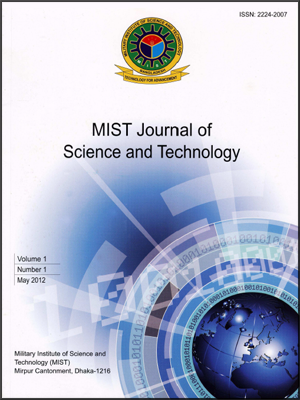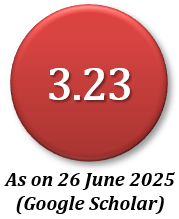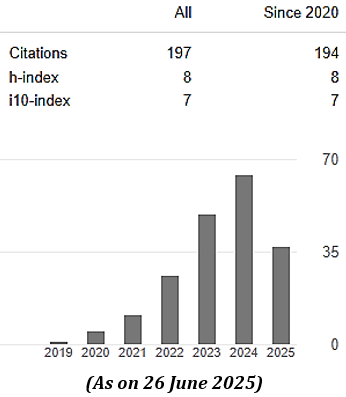COMPARISON BETWEEN NON-LINEAR MESFET MODELS: A CASE STUDY
Abstract
There are several types of models exist for microwave MESFET equivalent circuit. These modeling techniques
use different mathematical models to describe the same MESFET and give almost similar results. However, there
are some differences in the outputs when compared to the experimental measurements. In this paper, two of
these dominanttheoretical modelsnamed as TAJIMA model and CURTICE model are applied to the same types of
MESFETs that are selected in the measure of gate width and length. Comparisons are made with the measured
data sets. It is shown that TAJIMA model worked better on some particular types of the MESFETs because this
model includes more parameters than that of CURTICE model, while the CURTICE modelworked better for some
other types of MESFETs for different values of gate to source voltage.
Downloads
References
1~
Engineering Faculty of Engineering and Applied Sciences ,MAU, October 2008.
[2] Y. Tajima, B. W, and K. Mishima, "GaAs FET Large-Signal Model and its Application to Circuit Designs," IEEE
Transactions on Electron Devices, vol. ED-28, pp. 171-175, February 1991.
[3] Altay, Mirkan "Comparison and Evaluation of Various MESFET Models" ,march 2005.
[4] Walter R Curtice, "A MESFET model for use in the design of GaAs integrated circuits ," IEEE Trans. Mirowave
Theory and Tech., vol. MTT-28, pp. 448-456, may 1990.
[5] J.W.Bandler and S.H .Chen, "Statistical modelling of GaAs MESFETs",Simulation Optimization Systems
Research Laboratory McMaster University Hamilton,Canada L8S 4L7.
MIJST follows the open access policy.

This work is licensed under a Creative Commons Attribution-NonCommercial 4.0 International License. This allows anyone to copy, share, distribute, and modify the work for non-commercial purposes, where the original work and source should be properly credited.
















